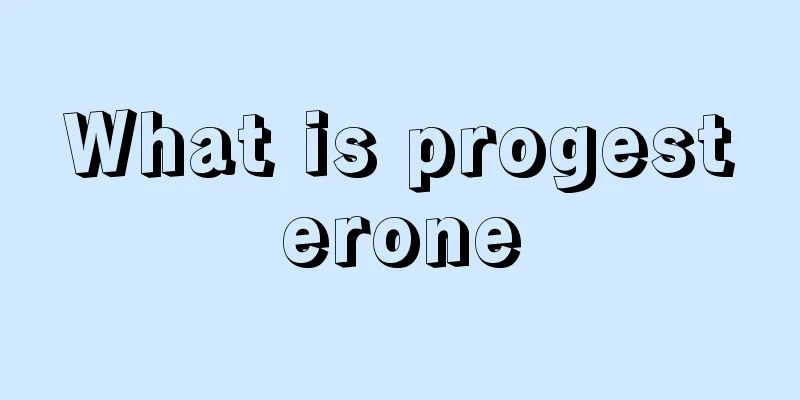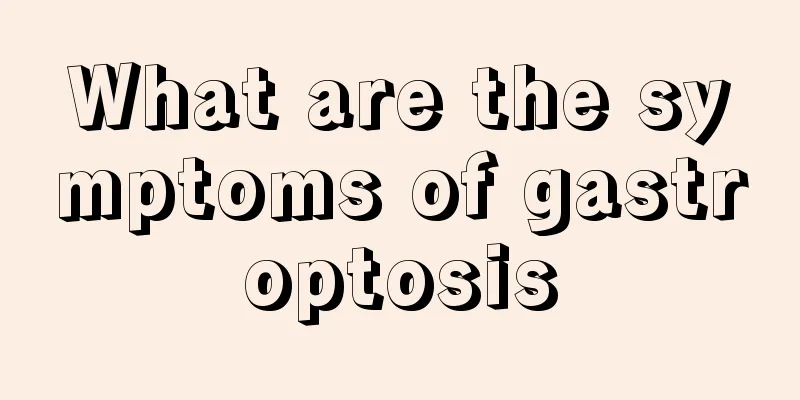How to treat testicular cancer and avoid recurrence

|
Testicular cancer is a very painful thing. It will not only affect the patient's physical health, but also cause great changes in the whole family, affect the relationship between husband and wife, and add a lot of mental pressure to men. In fact, testicular cancer can be treated, but it may also recur. So how can testicular cancer be treated to avoid recurrence? Because the pathology of testicular tumors is extremely complex, there is no consensus on the treatment methods. However, no matter which type of testicular tumor, orchiectomy should be performed first, and further treatment will be determined based on the results of pathological examination. Radiotherapy can be used alone for clinical stages I and IIa (the maximum diameter of retroperitoneal metastatic lymph nodes is less than 2 cm), and combined treatment with radiation and surgery can be used for stage IIb. The efficacy of radiotherapy is similar to that of retroperitoneal lymph node dissection, but the damage to sexual function is small. Combined treatment with radiation and surgery may cause more damage to sexual function, so currently more people advocate combined treatment with chemotherapy and surgery, and do not advocate combined treatment with radiation and surgery. No preventive irradiation of the mediastinum and supraclavicular area is performed in clinical stage II. Chemotherapy: Combination chemotherapy with DDP as the main treatment for disseminated testicular germ cell carcinoma has a complete remission rate of 80%. For those with incomplete remission, rescue chemotherapy is used, and 30% of patients can still achieve complete remission; 90% of complete remission patients can survive long-term without cancer. If the serum marker level rises again, or the residual mass increases, rescue chemotherapy is performed. Salvage chemotherapy usually uses DDP + a combination of drugs that have not been used in the first chemotherapy. VIP and VAB-6 are currently commonly used regimens. The relationship between cryptorchidism and testicular tumors has attracted the attention of scholars from various countries. They emphasize that orchiopexy before the age of 6 is an effective measure to prevent the malignant transformation of cryptorchidism, and significant results have been achieved. The incidence of cryptorchidism in China is similar to that in other countries, but the proportion of cryptorchid tumors is significantly higher than that in other countries. This may be related to the fact that China has not yet generally performed testicular traction fixation on children with cryptorchidism before school age. |
<<: Detailed symptoms of testicular cancer
>>: How long can you live after testicular cancer surgery
Recommend
What effect does adding beer to eggs have
Beer is a kind of alcoholic beverage that is deep...
Can drinking chrysanthemum tea help get rid of acne?
Getting rid of acne is a very hot topic in life, ...
What is albinism
Albinism is actually a common skin disease and it...
Symptoms of too much turbid air in the body
In life, I believe many people have experienced g...
Is it good to wear underwear to sleep at night?
I used to sleep in my underwear, but is it good t...
Dialysis patient convulsing
Uremia is a kidney disease that is extremely harm...
Why does the right side of my head hurt? These are the causes of headaches
Headaches are common in our lives, but do you kno...
How much does chemotherapy for colon cancer cost?
If you have colon cancer, in order to relieve the...
Chin hook ring mouth opening restricted
The jaw hook is part of the head joint. If the jo...
How often should progesterone be tested?
Once a woman becomes pregnant, the progesterone l...
Benefits and methods of gargling with salt water
We know that oral problems are common clinical pr...
Wild chive flower sauce
Spring is a season when all things come back to l...
What fruits can prevent bladder cancer
Fruits can prevent many diseases and provide the ...
How long does it take to get pregnant after endometrial cancer surgery?
Pregnancy and childbirth are sacred and great thi...
Is diatom mud toxic and harmful?
As a new decorative wall material, diatom mud has...









